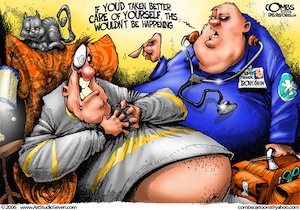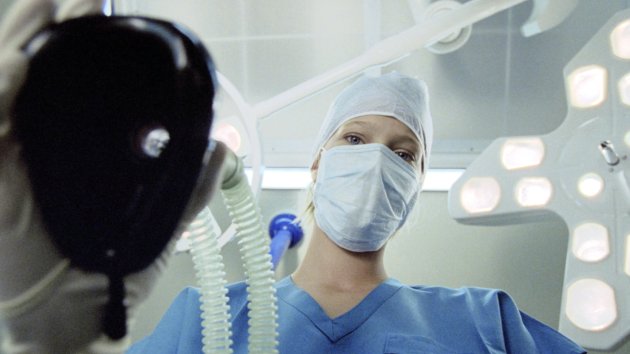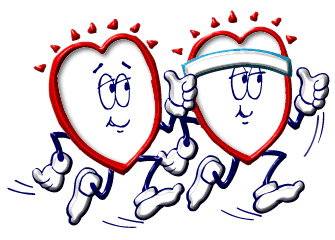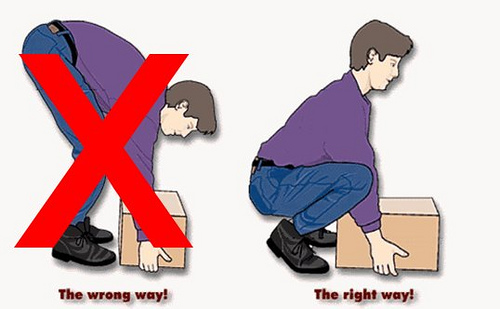In 1895, Joseph Malins wrote a poem entitled “Ambulance Down in the Valley”, and the following is an excerpt from his poetic case for prevention:
Better guide well the young than reclaim them when old,
For the voice of true wisdom is calling.
“To rescue the fallen is good, but ’tis best
To prevent other people from falling.”
Better close up the source of temptation and crime
Than deliver from dungeon or galley;
Better put a strong fence ’round the top of the cliff
Than an ambulance down in the valley.
Our current medical system is very much like that “ambulance down in the valley”. The current onslaught of people suffering from chronic disease, illnesses and injuries is disturbing. However, even more disheartening is that many, if not most, of those medical conditions could be avoided or significantly delayed – if only those people could turn back the hands of time and alter the millions of small but significant daily choices that led to those unintended consequences. The harsh reality is that largely, how we live dictates how we die. We would be better served to consider the full value of health rather than the inexorable cost of dying. Let’s continue to build a strong fence ’round the top of the cliff.
 Seven U.S. anesthesiologists have reported that drug shortages resulted in deaths of their patients, according to a new survey from the American Society of Anesthesiologists. Are these deaths the canary in the mine?
Seven U.S. anesthesiologists have reported that drug shortages resulted in deaths of their patients, according to a new survey from the American Society of Anesthesiologists. Are these deaths the canary in the mine?






